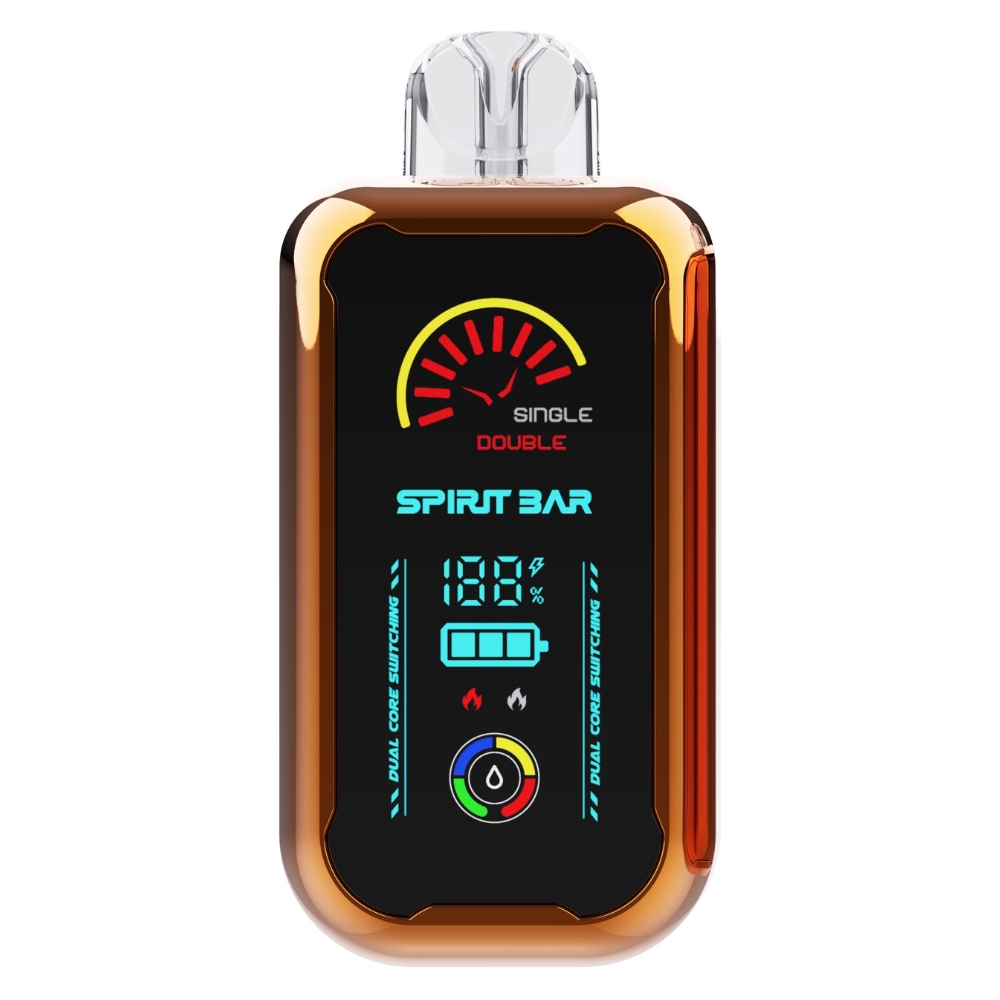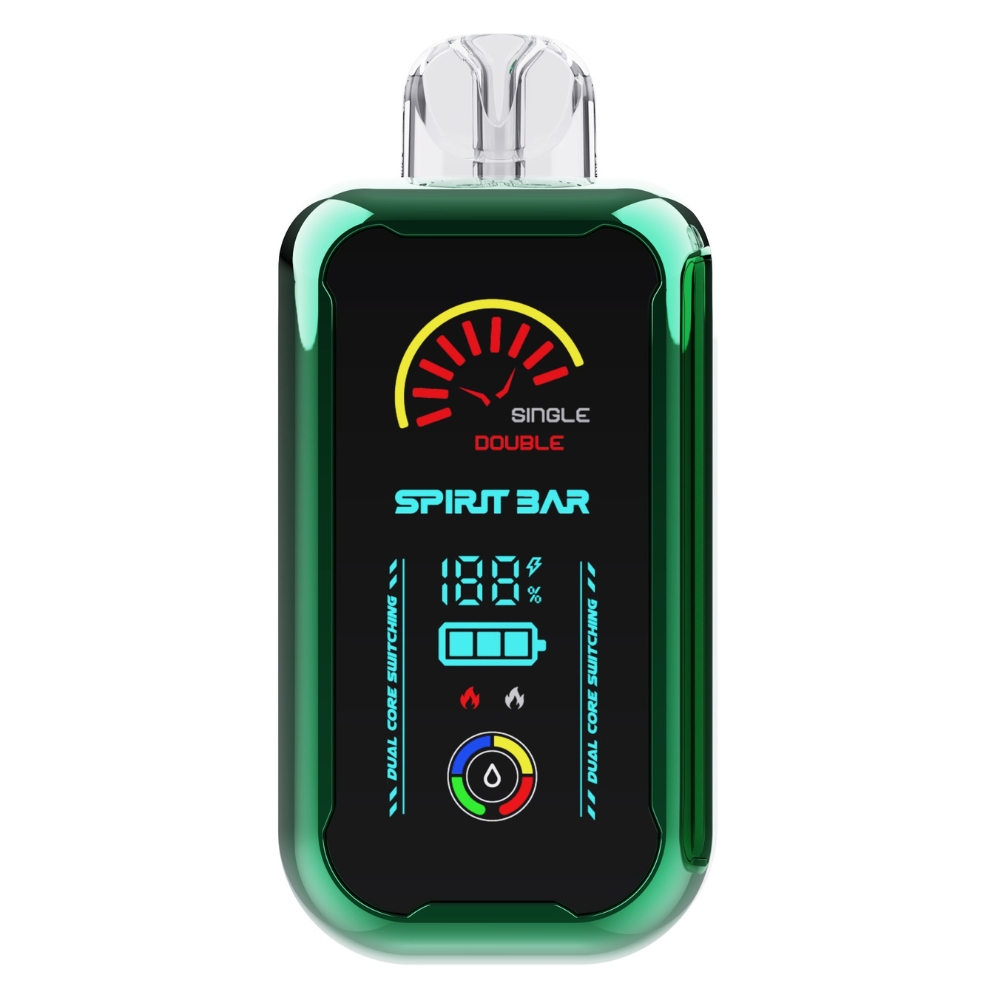Are You Allowed to Advertise Vape? A Quick Guide to Advertising Restrictions
If you’re a business owner in the vaping industry, you may be wondering if you’re allowed to advertise your products. The answer to this question is not a straightforward one. There are federal regulations, state laws, and advertising platforms’ policies that you need to consider.
The federal government has set some crucial vape laws that every retailer should know. One of them is the flavor ban, which prohibits the sale of flavored closed-end system pods. Another is the age restriction, which raised the minimum age for buying and possessing vaping products to 21. However, the federal government does not have any specific restrictions on vape advertising.
While the federal government does not have any advertising restrictions, advertising platforms like Google and Facebook have policies that prohibit vaping ads. This means that you need to be careful when advertising your vape products online. In the next paragraphs, we’ll explore the regulations and policies that you need to follow to advertise your vape products legally.
Understanding Vape Advertising
https://www.youtube.com/watch?v=coh1DYQvNvI&embed=true
If you are a vape business owner, you might be wondering whether you are allowed to advertise your products. The answer is yes, but with some restrictions.
The Food and Drug Administration (FDA) has strict regulations on vape advertising. The regulations prohibit the use of certain marketing techniques that may appeal to minors or mislead consumers. For example, you cannot use cartoons, celebrities, or attractive models in your ads. You also cannot make any health claims about your products unless you have FDA approval.
However, you can still advertise your products through various channels, such as print media, radio, and TV. You can also use social media platforms like Facebook, Twitter, and Instagram to reach your target audience. Just make sure that your ads comply with the FDA regulations.
Another thing to keep in mind is that some states and cities have their own regulations on vape advertising. For example, some states prohibit outdoor advertising within a certain distance of schools, playgrounds, and other places where children gather. Make sure to check your state and local laws before launching any advertising campaigns.
In summary, you are allowed to advertise your vape products, but you must comply with the FDA regulations and any state or local laws. By following these rules, you can reach your target audience without risking penalties or fines.
Legal Aspects of Vape Advertising
https://www.youtube.com/watch?v=TbFcJ_L7fE4&embed=true
When it comes to advertising vape products, there are a number of legal considerations that you should be aware of. In the United States, both federal and state regulations govern the advertising of vape products.
Federal Regulations
The Food and Drug Administration (FDA) is responsible for regulating the advertising of vape products at the federal level. In 2016, the FDA issued a final rule that extended the agency’s authority to cover all tobacco products, including e-cigarettes, cigars, and hookahs. This rule requires that all advertisements for these products include a warning statement about the health risks associated with tobacco use.
In addition, the FDA prohibits the advertising of e-cigarettes and other vaping products on television and radio unless the advertisement is for a cessation product. The agency also prohibits the use of certain types of marketing tactics, such as the use of cartoon characters or other imagery that might appeal to minors.
State Regulations
In addition to federal regulations, many states have their own laws regarding the advertising of vape products. Some states have taken a more restrictive approach than the federal government, while others have been more permissive.
For example, California prohibits the advertising of e-cigarettes and other vaping products in a manner that is likely to appeal to minors. The state also requires that all advertisements for these products include a warning statement about the health risks associated with tobacco use.
On the other hand, some states, such as Florida, have taken a more permissive approach to the advertising of vape products. In Florida, there are no specific restrictions on the advertising of e-cigarettes and other vaping products beyond the federal requirements.
It is important to note that the regulations governing the advertising of vape products are constantly evolving, and it is important to stay up-to-date on the latest developments in order to ensure compliance with all applicable laws and regulations.
Ethical Considerations in Vape Advertising
When it comes to advertising vape products, there are some ethical considerations that need to be taken into account. While it is legal to advertise vape products in many countries, including the United States, there are still some concerns that need to be addressed.
One of the biggest concerns is advertising to minors. While it is illegal to sell vape products to minors, advertising can still have an impact on them. For example, some vape companies have been criticized for advertising on social media platforms that are popular with young people, such as Instagram and Snapchat. This can make it easier for minors to be exposed to vape products and potentially start using them.
Another ethical consideration is the potential health risks associated with vaping. While vaping is generally considered to be less harmful than smoking traditional cigarettes, there are still some health risks involved. For example, some studies have suggested that vaping can damage lung tissue and cause respiratory problems. As a result, it is important for vape companies to be transparent about the potential health risks associated with their products and to avoid making exaggerated or false claims about their safety.
Finally, there is the issue of advertising in general. While advertising is a necessary part of doing business, it can also be manipulative and misleading. It is important for vape companies to be transparent and honest in their advertising and to avoid using tactics that could be seen as manipulative or deceptive.
Overall, there are several ethical considerations that need to be taken into account when advertising vape products. By being transparent, honest, and responsible, vape companies can help ensure that their advertising is ethical and does not contribute to any negative health outcomes.
Impact of Vape Advertising
If you’re a business in the vaping space, you know that traditional forms of marketing like PPC, Facebook Ads, Google Ads, etc. are next to impossible to use to grow your brand. The reason? The vape advertising ban.
The vape advertising ban is now in full swing and vaping ads are no longer welcome on Facebook, Google, and other platforms. This ban has had a significant impact on the vaping industry.
For example, vape shops and e-cigarette manufacturers have had to find new ways to market their products. They’ve turned to alternative methods such as influencer marketing, email marketing, and content marketing.
The ban has also made it difficult for new businesses to enter the market. Without the ability to advertise on major platforms, it’s hard for new companies to get the exposure they need to grow.
While the ban has had a significant impact on the industry, it has also had a positive effect. The ban has helped to reduce the number of young people who are exposed to vaping ads.
Overall, the impact of the vape advertising ban has been mixed. While it has made it difficult for businesses to grow, it has also helped to reduce the number of young people who are exposed to vaping ads.
Vape Advertising on Social Media
Social media platforms like Facebook, Instagram, and TikTok have become popular channels for advertising vape products. However, the rules and regulations around vape advertising on social media are constantly changing, and it’s important to stay up-to-date to avoid getting your ads banned.
For instance, the Advertising Standards Authority (ASA) has banned four ads for vapes that appeared on TikTok in September 2023. According to the watchdog’s rules when it comes to vaping advertising, all ads for e-cigarettes containing nicotine that aren’t licensed as medicines are prohibited from being advertised across social media platforms.
In addition, Instagram has banned e-cigarette posts from four vaping companies, including British American Tobacco (BAT), for promoting e-cigarettes. The posts were banned by the Advertising Standards Authority for breaking rules around the promotion of tobacco products on social media.
It’s important to note that even if your vape product doesn’t contain nicotine, it may still be subject to advertising restrictions on social media. For example, Facebook’s advertising policies prohibit the promotion of tobacco products, including e-cigarettes, regardless of whether they contain nicotine or not.
To ensure that your vape advertising complies with the rules and regulations on social media, it’s recommended that you consult with a legal expert or advertising agency that specializes in the vaping industry. They can help you navigate the complex landscape of advertising regulations and ensure that your ads are compliant with the latest rules and guidelines.
Overall, while social media can be a powerful tool for promoting your vape products, it’s important to approach advertising with caution and stay up-to-date with the latest regulations to avoid getting your ads banned or facing legal penalties.
Vape Advertising and Youth
As vaping has become more popular, concerns have been raised about the impact of vape advertising on youth. According to a cross-sectional study published in Pediatrics, e-cigarette use among North American youth has increased significantly in recent years. This has led to increased scrutiny of the ways in which vape companies advertise their products.
One concern is that vape companies may be targeting youth with their advertising. According to Truth Initiative, there are few federal restrictions on e-cigarette marketing, allowing companies to promote their products through traditional outlets such as TV and radio. This can make it difficult to limit the exposure of youth to vape advertising.
Another concern is that some vape companies may be using marketing tactics that appeal specifically to youth. For example, the FDA has issued warning letters to companies that sell or distribute unauthorized e-liquid products targeted to youth or likely to promote use by youth. These products may be misleadingly labeled or feature packaging that resembles candy or other products that appeal to youth. According to Truth Initiative, vape companies have increasingly shifted their marketing efforts to young audiences in recent years.
While there are concerns about the impact of vape advertising on youth, it’s important to note that there are regulations in place to limit the ways in which vape companies can advertise their products. The FDA has issued warning letters to companies that violate these regulations, and there are ongoing efforts to strengthen these regulations to better protect youth from exposure to vape advertising.
If you’re concerned about the impact of vape advertising on youth, there are things you can do to help. For example, you can support efforts to strengthen regulations on vape advertising, or you can talk to the young people in your life about the risks of vaping and the ways in which vape companies may be targeting them with their advertising. By working together, we can help protect youth from the harmful effects of vape advertising.
Case Studies of Vape Advertising
If you are considering advertising your vape products, it is essential to understand the potential ethical and legal implications. Here are a few case studies that highlight the impact of vape advertising:
Juul
Juul is one of the most popular e-cigarette companies in the US. In 2018, the company faced severe backlash for its advertising practices, which were deemed unethical. Juul was accused of targeting young people with its advertisements, which featured bright colors, attractive models, and fun slogans. The company was also accused of downplaying the health risks associated with vaping. In response, Juul agreed to stop advertising on social media and to remove some of its flavors from the market.
Vype
Vype is a UK-based e-cigarette company that faced criticism for its advertising practices in 2019. The Advertising Standards Authority (ASA) received several complaints about Vype’s TV ad, which featured people vaping in various settings. The complainants argued that the ad was irresponsible and encouraged non-smokers to start vaping. The ASA upheld the complaints and banned the ad, stating that it breached the advertising code.
Blu
Blu is another popular e-cigarette brand that faced criticism for its advertising practices. In 2019, the company was accused of targeting young people with its social media ads, which featured bright colors and attractive models. The ads were deemed unethical and were banned by the ASA. Blu was also accused of downplaying the health risks associated with vaping.
These case studies highlight the importance of responsible advertising practices. If you plan to advertise your vape products, it is essential to ensure that your ads do not target young people, downplay the health risks associated with vaping, or breach any advertising codes. By following best practices, you can create effective and ethical vape ads that resonate with your target audience.


